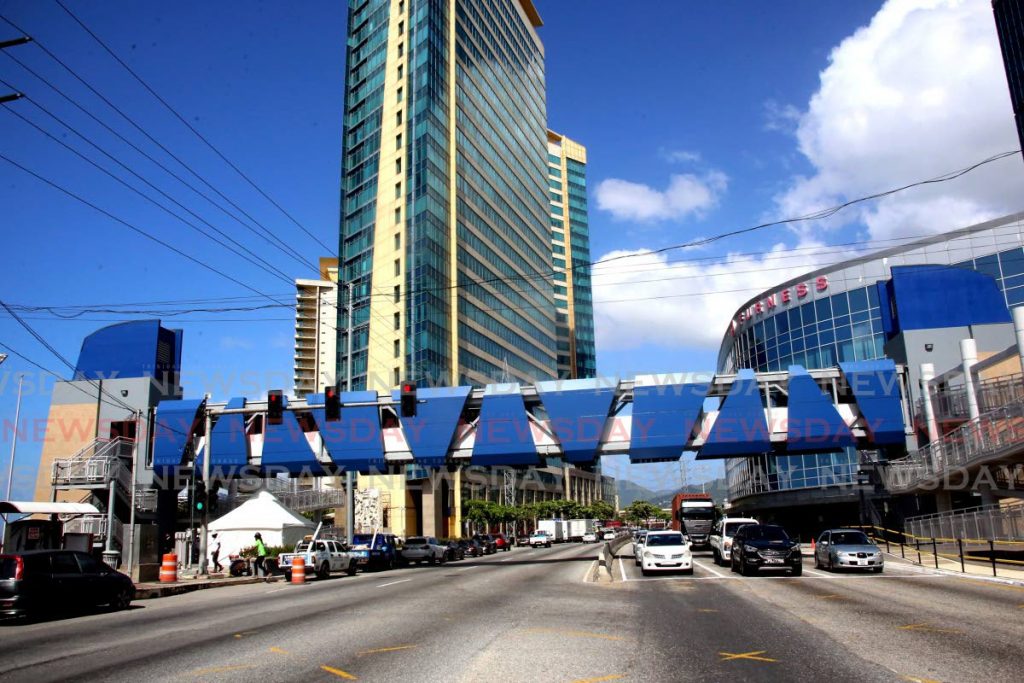What can $13.9 million buy?

Today marks the first Sunday of 2021, and – after just over two years – my final column.
In my first article, Two Opposing Approaches, I made the point that, in general, one can take two different approaches to urban planning.
The first, the one that we seem fixated on, is what I referred to as ideological planning; the assumption that we can simply create visions for how human settlements should look and function, without considering innate human behaviour and needs.
The second, the one that we should be aspiring to, is what I referred to as evidence-based planning; creating places that are driven by, and cater to, the ways that people inherently behave and use space – practical observations rather than wishful theory.
I used the example of pedestrian walkovers to illustrate a point about our adherence to ideological planning; one that I feel the need to restate.
At the time, the Ministry of Works and Transport was in the process of completing the Sea Lots walkover.
Theoretically, you build a safe crossing over a dangerous high-speed roadway, and expect that pedestrians will use it.
Once the novelty wears off and the regular inconvenience of an exacerbated walking distance is realised – and that does not take a long time – many, if not most, people will revert to pre-walkover at-grade crossing.
Is there risk involved? Yes. We take risks on a daily basis. That is human nature. To ignore it is absurdity.
Has anyone bothered to ask why these walkovers are supposedly needed in the first place? Is it the lack of a walkover that is really the problem, or is it the existence of an unnecessarily high-speed thoroughfare separating two functionally integrated urban spaces?
Consider the – $10.4 million – Sea Lots walkover. Should there be highway-like conditions separating Sea Lots from the rest of Port of Spain? Was it more logical to have the highway end farther east, and introduce intentional traffic-calming design interventions to slow vehicles down as one approaches the Sea Lots area, creating a far safer and welcoming streetscape?
While we continue to destroy urban areas with highway-like conditions, the US Senate, on December 18 introduced the Economic Justice Act. This US$435 billion includes a highways-to-boulevards programme that aims to undo the damage that urban highways and freeways have done to communities.
What benefits are we to gain from the newly-installed – $13.9 million – walkover at the Waterfront on Wrightson Road? Was this a logical investment?
The city of Miami – roughly ten years ago – was estimated to have spent the equivalent of TT$15 million to rewrite the land use (zoning) regulations for the entire city; one with more than ten times the population and area of Port of Spain.
Zoning regulations have a profound influence on how urban areas look, feel, and function. Ours are based on an ideology that prioritises cars over people; driving over walking and other more sustainable forms of transport; and privacy over public socialisation.
Evidently, according to the visions and objectives of many of our urban plans over the years, we would like to achieve vibrant, lively, pedestrian-friendly urban centres.
Exactly how we expect this to happen, when we refuse to critically assess the foundational thinking that guides our planning, while simultaneously spending money on infrastructure projects that continue to acknowledge and entrench the dominance of cars, and ignore the role and value of streets and sidewalks as generators of urban vitality, is downright baffling.
So what did Miami’s prioritisation of funds towards changing the DNA of the city achieve?
The new people-centred, pedestrian-focused approach to zoning, Miami21, was adopted in 2010. In 2011, Miami was ranked as the 8th most walkable large city in the US. By 2017, it had risen to 4th position.
The city realised that investing in re-writing its zoning code would result in a high return on investment. A June 14, 2020 article in the Miami Herald asks the question, “can a simple zoning code – the rules that govern what can be built, and where, and how big it can be – transform a city?” The author’s answer: “an emphatic yes.”
He goes on to say that Miami21 brought the city the “intensely urban work-play lifestyle and animated sidewalks and cafes (and) street-embracing retail centres to what had been a shopping desert,” among other transformative changes.
In other words, it created the conditions necessary for physical, economic, and social transformation.
Coincidentally, it was adopted at a time of economic decline – similar to our present circumstances – and undoubtedly better prepared the city for the post-recession building boom that would soon follow.
What can we learn from Miami? Perhaps, instead of spending millions on overhead bridges of metal and plastic that likely detract from, rather than add to, the value of the surrounding urban areas, we could be wiser and strategic in our thinking.


Comments
"What can $13.9 million buy?"